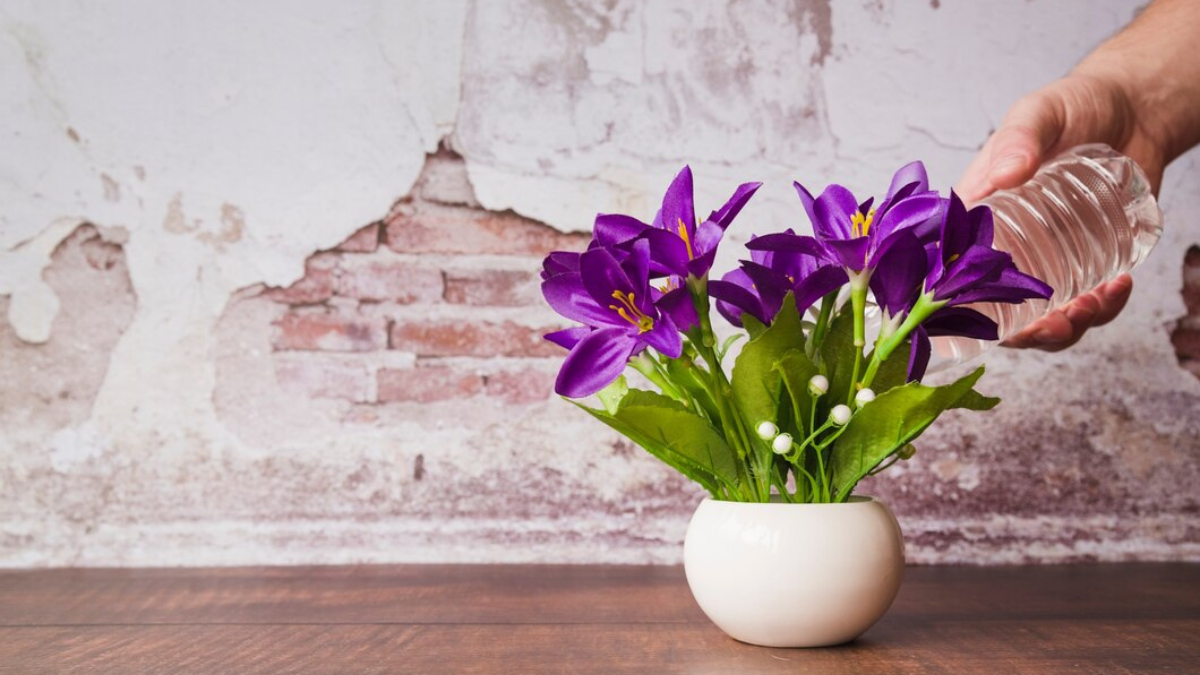What Does ‘Violetisawallflower’ Mean?
Origins of the Term
The phrase ‘Violetisawallflower’ combines two separate but interwoven ideas: the violet, a flower famed for its calm beauty, and the wallflower, a word typically used to characterize introverts or individuals who prefer to stay in the background. Together, they form a picture of a distinct personality type that flourishes in their own zone, frequently unrecognized yet highly significant.
A Blend of Personality and Perception
The phrase represents not simply how people feel themselves but also how they are seen by others. It’s a celebration of the calm, modest, and contemplative folks who watch the world with deep insight.
A Reflection of Introversion
In a culture that typically emphasizes boldness and extroversion, introverts take consolation in words like ‘Violetisawallflower.’ It’s a reminder that being reserved isn’t a weakness; instead, it’s a distinct quality that allows for profound introspection and lasting interactions.
The Appeal of Subtlety in a Loud World
Society may often seem overwhelming with its incessant cacophony and demands for attention. Wallflowers create balance, indicating that quiet confidence and subtle charm may be just as potent, if not more so, than loud assertions.
The Characteristics of a ‘Wallflower’
Traits That Define Wallflowers
Observant and Thoughtful
Wallflowers have an exceptional ability to notice the subtle nuances others may overlook. Whether it’s recognizing unsaid emotions or catching up on small changes in their surroundings, their observation abilities are unrivaled.
Reserved Yet Profound
Though they may not always communicate their opinions, wallflowers frequently have profound and significant perspectives. Their words, when shared, have weight and connect with those who hear them.
The Violet Metaphor
Symbolism of the Violet Flower
The violet denotes humility, modesty, and fidelity. It thrives in calm, dark settings, much like wallflowers that prefer serene circumstances to the spotlight.
Comparing Violets to Wallflowers
Just like the violet, wallflowers may look frail at first sight but exhibit tenacity and an obvious appeal that emerges when given the correct circumstances.
Exploring the Journey of ‘Violet’
The Evolution of a Wallflower
Personal Growth and Awareness
Being a wallflower doesn’t imply being motionless. Many develop into themselves, learning to navigate social contexts while keeping their own individuality. It’s about striking a balance between introversion and self-expression.
Finding Strength in Quietness
Quietness isn’t a defect; it’s a strength. Wallflowers frequently learn that their quiet attitude may be grounding for others, generating a feeling of security and trust.
Challenges Faced by Wallflowers
Misunderstandings and Stereotypes
Wallflowers are sometimes perceived as being quiet or disinterested. However, this couldn’t be farther from the truth. Their calm disposition frequently hides a rich inner world full of creativity and intellect.
Overcoming Isolation
While wallflowers appreciate their privacy, they might often feel alone. Building meaningful interactions that respect their uniqueness helps individuals succeed while keeping true to themselves.
Lessons From ‘Violetisawallflower’
Embracing Individuality
The Power of Quiet Strength
Not every leader yells from the rooftops. Many of history’s greatest philosophers, authors, and artists have been wallflowers, illustrating that quiet power can lead to innovative ideas and movements.
Learning From the Violet’s Example
The violet flourishes without needing attention. By adopting this perspective, wallflowers may find happiness and meaning in just being themselves.
The Cultural Impact of Wallflowers
Wallflowers in Literature and Media
Celebrated Characters and Their Stories
From ancient literature to current movies, wallflower characters frequently steal the show. Think of Charlie in The Perks of Being a Wallflower—a dramatic illustration of how introverted people may have enormous influence on others around them.
Why Audiences Relate to Wallflowers
Wallflowers are relevant because they represent the softer part of people. They remind us of the significance of listening, watching, and connecting on a deeper way.
Social Media and the ‘Wallflower Aesthetic’
Trends Highlighting Introverted Beauty
The wallflower style has made its way into sites like Instagram and Pinterest, promoting simplicity, soft pastels, and contemplation. It’s a visual reflection of the peaceful beauty wallflowers convey.
Amplifying Quiet Voices
Social media allows wallflowers a platform to express themselves at their own speed, enabling their voices to reach others who share similar features and beliefs.
Conclusion
Why ‘Violetisawallflower’ Matters
In a fast-paced world, ‘Violetisawallflower’ is a reminder to calm down and enjoy the quieter times and people around us. It’s a celebration of introverts and their unique contributions to society.
A Call to Celebrate the Subtle and the Quiet
The violet and the wallflower teach us to discover beauty in subtlety and power in silence. By adopting these attributes, we may build a more caring and understanding world.
FAQs
1. What is the essence of ‘Violetisawallflower’?
It depicts the power and beauty of quiet, contemplative people who make a major contribution in their own unique manner.
2. How does one identify with the term?
If you value solitude, like studying the world around you, and find strength in your quiet nature, you could relate with the notion of being a wallflower.
3. What are the strengths of being a wallflower?
Wallflowers are generally profoundly empathic, attentive, and creative. Their capacity to notice minute nuances makes them outstanding listeners and problem-solvers.
4. Are wallflowers misunderstood in society?
Yes, they are generally portrayed as introverted or disengaged, but in truth, they have a rich inner world and give unique views and viewpoints.
5. How can someone embrace their wallflower traits?
By respecting their unique talents, creating places and connections that encourage their development, and knowing that stillness is a strength, not a fault.
